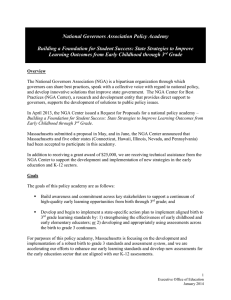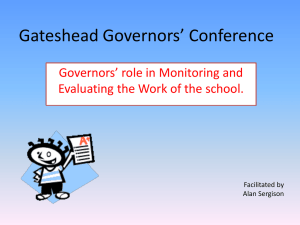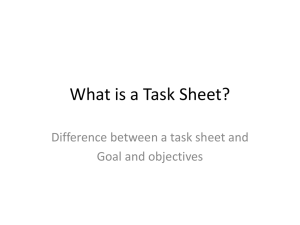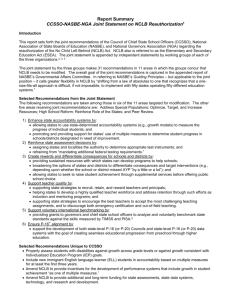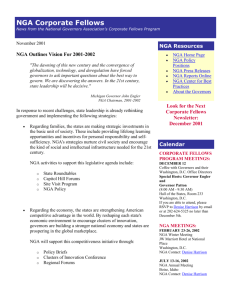National Interest - The Great Lakes Center for Education Research
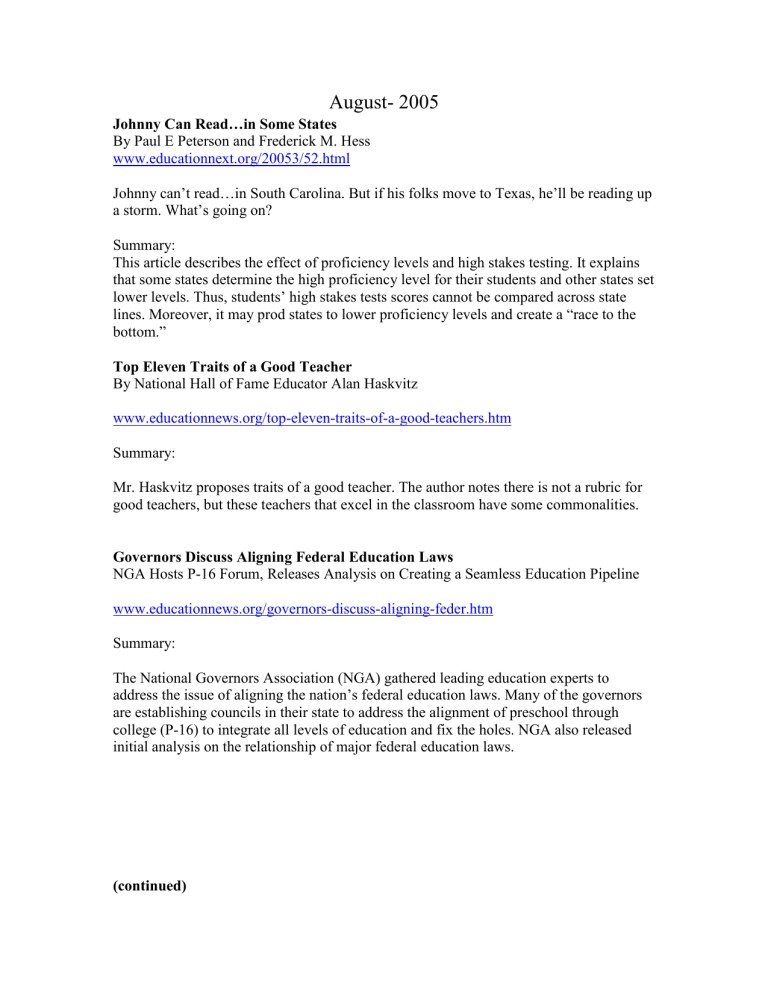
August- 2005
Johnny Can Read…in Some States
By Paul E Peterson and Frederick M. Hess www.educationnext.org/20053/52.html
Johnny can’t read…in South Carolina. But if his folks move to Texas, he’ll be reading up a storm. What’s going on?
Summary:
This article describes the effect of proficiency levels and high stakes testing. It explains that some states determine the high proficiency level for their students and other states set lower levels. Thus, students’ high stakes tests scores cannot be compared across state lines. Moreover, it may prod states to lower proficiency levels and create a “race to the bottom.”
Top Eleven Traits of a Good Teacher
By National Hall of Fame Educator Alan Haskvitz www.educationnews.org/top-eleven-traits-of-a-good-teachers.htm
Summary:
Mr. Haskvitz proposes traits of a good teacher. The author notes there is not a rubric for good teachers, but these teachers that excel in the classroom have some commonalities.
Governors Discuss Aligning Federal Education Laws
NGA Hosts P-16 Forum, Releases Analysis on Creating a Seamless Education Pipeline www.educationnews.org/governors-discuss-aligning-feder.htm
Summary:
The National Governors Association (NGA) gathered leading education experts to address the issue of aligning the nation’s federal education laws. Many of the governors are establishing councils in their state to address the alignment of preschool through college (P-16) to integrate all levels of education and fix the holes. NGA also released initial analysis on the relationship of major federal education laws.
(continued)
Language Test
By Naomi Dillon www.asbj.com/current/coverstory.html
Summary:
In California, with large population of English Language Learners, the Coachella Valley
Unified School District struggles to educate their students while adhering to NCLBs testing provisions. This district, along with others, is suing the state over how it tests ELL students.
A Bright Idea for School Reform
By David W. Kirkpatrick Senior Education Fellow www.educationnews.org/a-bright-idea-for-school-reform.htm
Summary:
Bright IDEA1, an organic model of education, engages K-2 students in problem solving tasks and encourages persistence, innovation, and systematic thinking. This researchbased model that was introduced to Title 1students in North Carolina with significant learner gains.
The Promise of Value-Added Assessment
By Robert Holland www.educationnews.org/promise-of-valueadded-assess.htm
Summary:
Value Added Assessment begins with a baseline of the student’s knowledge and helps guide curriculum, instruction, and measures further testing gains. In 2003, the Ohio legislature approved measures that will integrate Value Added Assessment into the schools accountability system by 2007.

